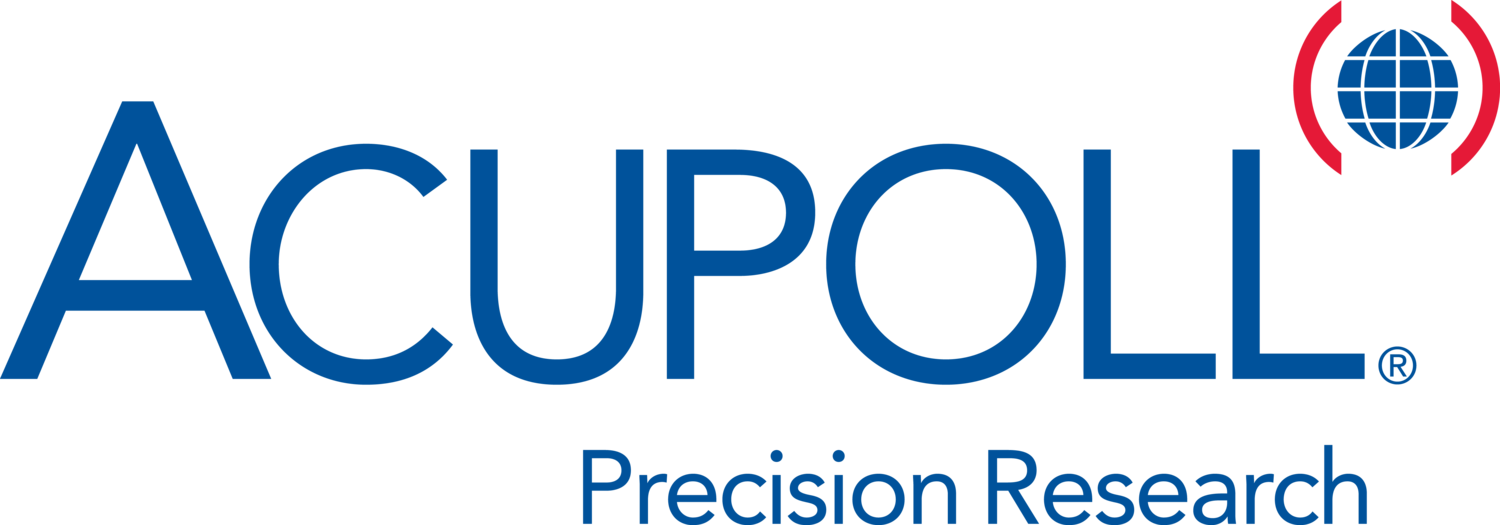Here’s a novel business plan: Develop a great product or service. Leverage technology, lower costs, and offer great value. Then, just when you have something that customers relish, do what many good businesses do: describe it in a way that sounds like everything else, or even worse… don’t offer a message at all. Sound crazy? Well, many of the businesses we see miss one or more of the 3 key elements that make a marketing message effective.
The company’s management would be appalled, but it’s their fault their salesman didn’t know what to say; every ad for the past six months said “Sale” without any other marketing message or reason to buy.
An effective marketing message (or “positioning” in marketing parlance) connects with the needs, minds, and hearts of customers to make certain that products or services are appealing and distinctive. If you haven’t defined your message, or if it’s generic, like “Service, Quality, and Value since 1959” or “Everything in Construction Products,” you’re missing an opportunity to own an important benefit to customers that can help drive revenues.
First, let’s explore Insights, which are critical for effective marketing. After all, if you don’t know who you are targeting and what they want, how can you identify a message that really moves them? Focus groups, surveys, or simply asking customers or friends (if that’s all you can afford), helps you understand customer attitudes, to prioritize their needs and to optimize your ideas.
One example of a good Insight is the Scope “morning breath” commercial, which was built on the insight that users’ worst breath of the day is when they first wake up. Another good example is Lowe’s Home Improvement, which discovered that consumers view their homes as vehicles for expressing themselves and living out their aspirations.
Good Insights:
Help you connect with customers’ most important problems or motivations.
Suggest a fairly specific benefit (for example, “eliminates morning mouth,” rather than the more generic “fights bad breath” message).
Second, but most important: the Benefit. If you only communicate one idea, it ought to be your product’s or service’s main benefit. People buy benefits. It’s not enough to “break through” or “get noticed”; grabbing attention is useless unless the benefit is appealing. Your benefit also generally needs to focus on a specific aspect of performance, service, or value to be seen as distinctive.
One example of a unique and appealing benefit is exemplified by Secret’s original slogan, “Strong enough for a man, but made for a woman,” which carried a struggling brand to market leadership. Accenture similarly zeroed-in on one specific benefit (of many that their company offers): “Whether it’s your idea or Accenture’s, we’ll help you turn innovation into results.” Benefits can be rational like these or emotional like AXE men’s fragrance, which promises to young men that it’ll help them attract buxom beauties.
Finally, the reason-to-believe provides extra rationale to help close the sale. For products, it may be performance details (e.g. time-released), test results (e.g. J.D. Power surveys), an explanation of how the product works (e.g. Pepto-Bismol’s coating action), or an endorsement of some kind. Service firms often convince customers of their benefit via a combination of their client list, size and experience, previous results, a unique process, and/or testimonials. Good reasons-to-believe directly support the specific benefit and should be distinctive as well.
If this doesn’t sound like rocket science, it’s because it’s not; most intelligent, articulate business managers have the capability to create a message that’s at least somewhat effective. However, too many either don’t bother or skip the research and neglect one or more of the key elements.
Your likelihood of developing an exceptionally effective message increases by engaging with someone via proven positioning results, a research-driven approach, and the discipline to focus on core ideas without jumping at the first catchy ad execution.
Your company’s sales and marketing message provides customers with their first impression of your product or service and defines the enduring basis for their purchasing decision. It’s certainly worth the time and effort to get the 3 strategic components right.





